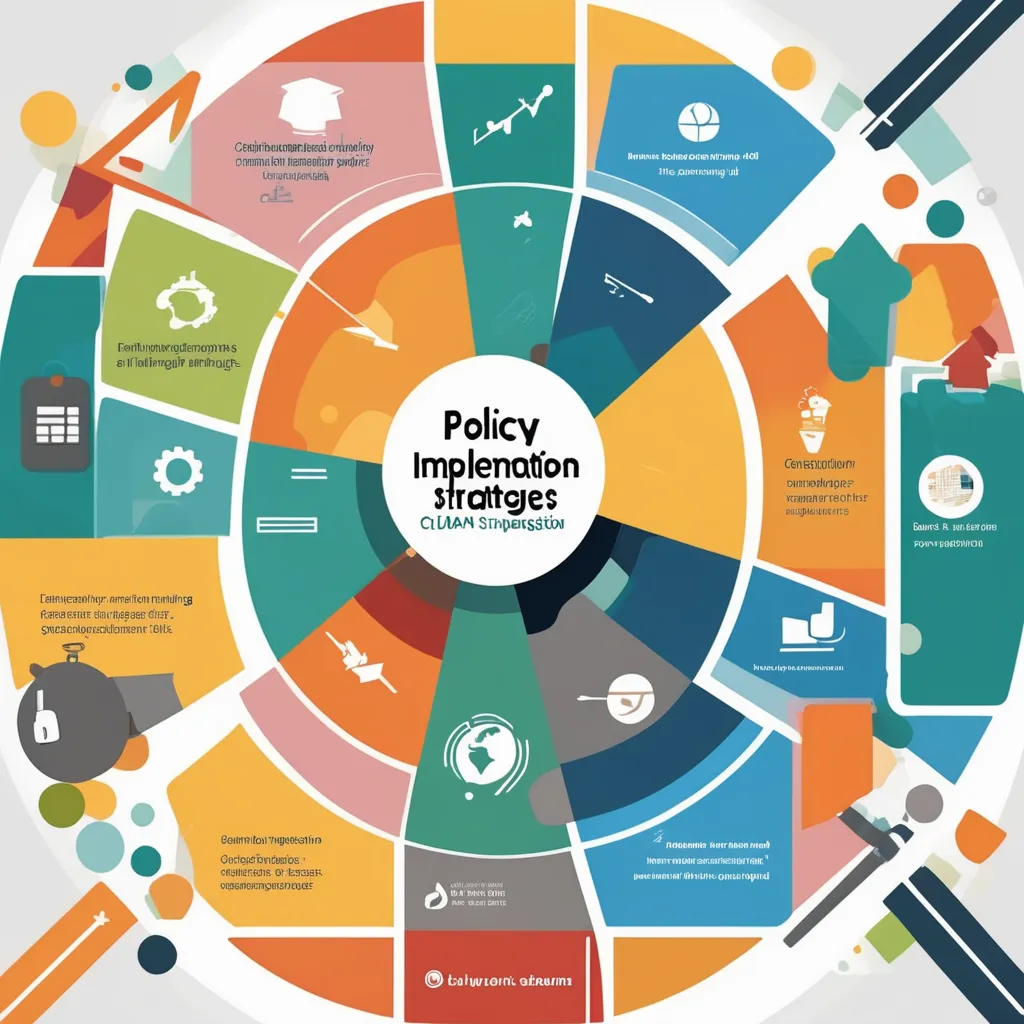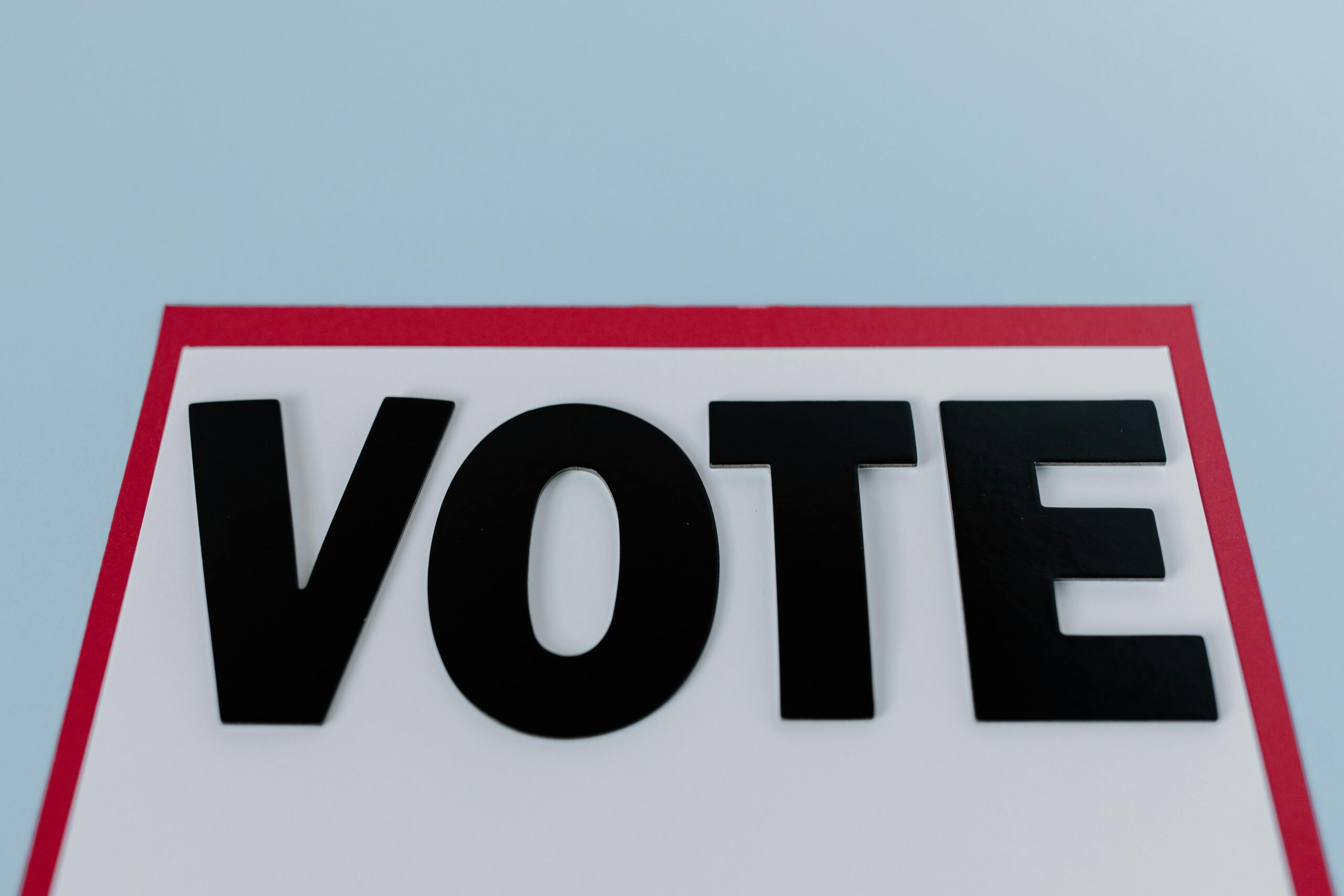Policy implementation is the process whereby theories and plans set out in a policy are executed to achieve a specific goal. It refers to the process of translating political decisions into operational practice and ensures such practices are effectively carried out. Successful policy implementation is thus very important because it spells out whether the intended goals of a policy would be met. This, therefore, requires effective implementation, awareness creation, stakeholder engagement, capacity building, monitoring, and adaptability.

Effective policy implementation strategies
Communication
A detailed communication plan should be developed. The plan should identify what information is to be communicated to whom by whom and through what channels. The ideas should, therefore, be clearly communicated for effective implementation of a policy. Clear communication makes certain that all stakeholders are aware of the goals of the policy, roles and the processes involved. This reduces misconception and increases the chances of successful implementation.
The language used should be jargon free, so that everybody, is able to understand it. For example The Affordable Care Act (ACA) was initially too difficult to implement due to highly complicated communication. However, over some time, through improved communication tools like clear guidelines and massive public outreach, the understanding among people and health providers has been brought up to speed in conformity with the Act.

Feedback with Stakeholder Engagement
Develop the process in such a way that everyone should be informed about progress and getting feedback that will helps in keeping transparency and building trust. This could be easily modeled by engaging government agencies, NGOs, community members, and private companies. Their inclusion would ensure that varied opinions are considered and create ownership in the policy.

Inclusive process & Capacity building
Early engagement enhances their commitment to the policy implementation. Regular consultations and workshops offer a great opportunity to all stakeholders to air their views, ideas, and problems, which are then solved collectively. Like Clean Power Plan had to reach out to so many different stakeholders, states, energy companies, and environmental groups were in a position to allay many of its apprehensions and really make it much easier to implement.
Capacity building is one of the prime concerns in the organizations implementing the policy instruments with the best possible effectiveness. This includes the development of skills, knowledge, and resources required for effectively implementing the policy instruments.

Resource & Trainings
Availability of sufficient financial, human, and technical resources. The required trainings are made available to the implementers by equipping them with proper skills and knowledge with support of infrastructure for policy implementation. Like Workforce Innovation and Opportunity Act (WIOA) Implementation needed an immense capacity-building effort in the process of doing so. This included training and development programs for Workforce Development Professionals. This included the establishment of career centers across the country.

Methods and tools for effective monitoring:
- Develop indicators specific to track progress, measurable with regular reporting on progress, challenges, and results during policy implementation.
- Allow scanning and feedback from all those involved and the targeted beneficiaries for finer tuning and improvement of strategies. A robust monitoring and control system keeps track of participation rates in SNAP, outcome of food security program, and effectiveness of the program in promoting good nutrition and health. That permits improvement over some time. Adaptive Implementation
- Flexibility and adaptability are essential in the implementation of policy. In most cases, real-life challenges or situations that were not factored into the original plan will require a change in the plan.

COVID-19 Vaccination Program Rollout across the United States This case presents an excellent example of adaptive implementation, where strategies were adjusted based on the availability of the vaccines and the then prevailing public health guidance and logistical challenges.
No Child Left Behind (NCLB) The lessons learnt from this case include, the need for appropriate resources, less cumbersome procedures, and local ownership of greater strength. The ESSA was brought out hence to take care of the problems and issues.
Indeed, successful policy implementation necessitates clear communication, stakeholder involvement, capacity building, monitoring, and flexibility. For policy makers to avoid these common mistakes and come up with evidence-based and context-specific strategies that see intended benefits reach target groups and finally translate into well-being for society, there is a lot to be learned from both successful and difficult cases.
For better understanding





